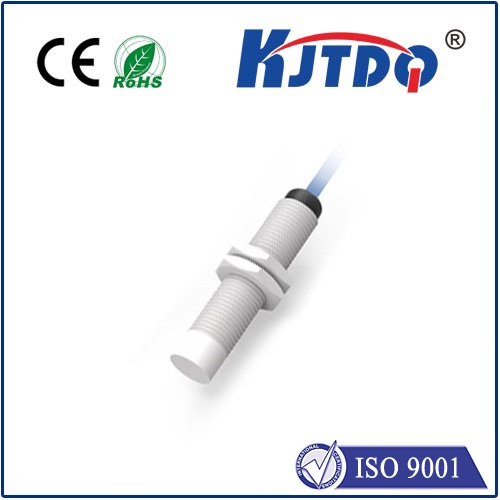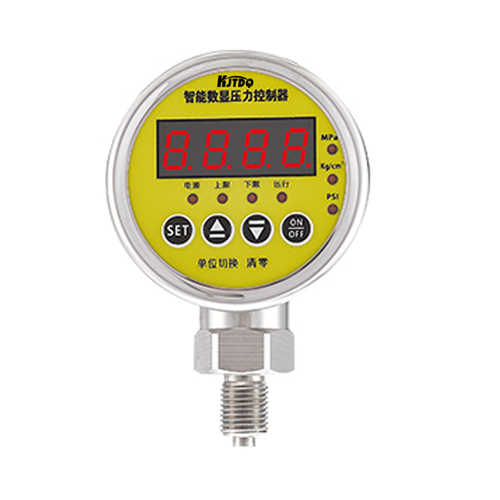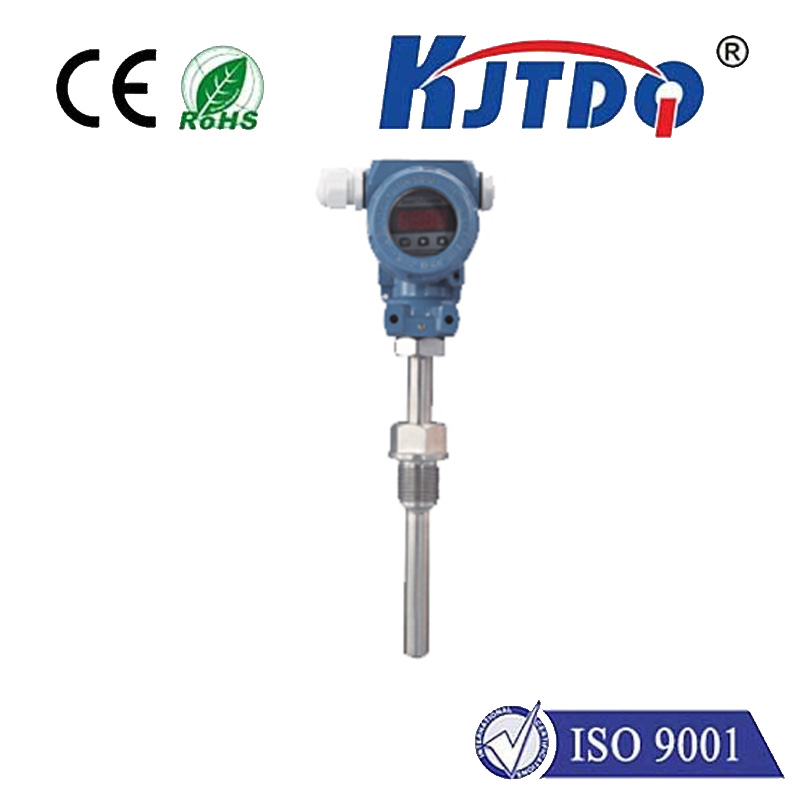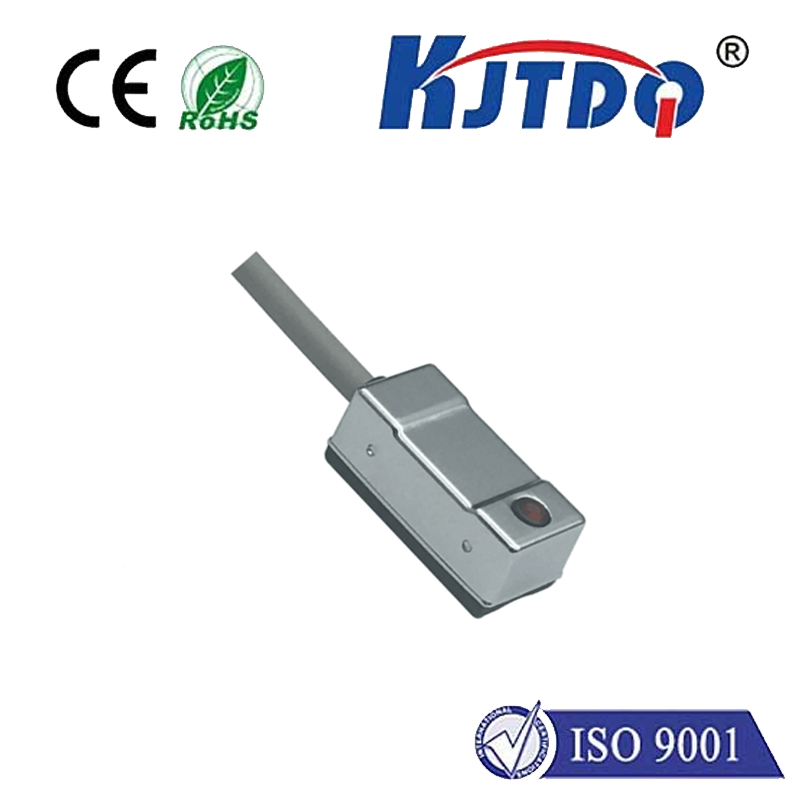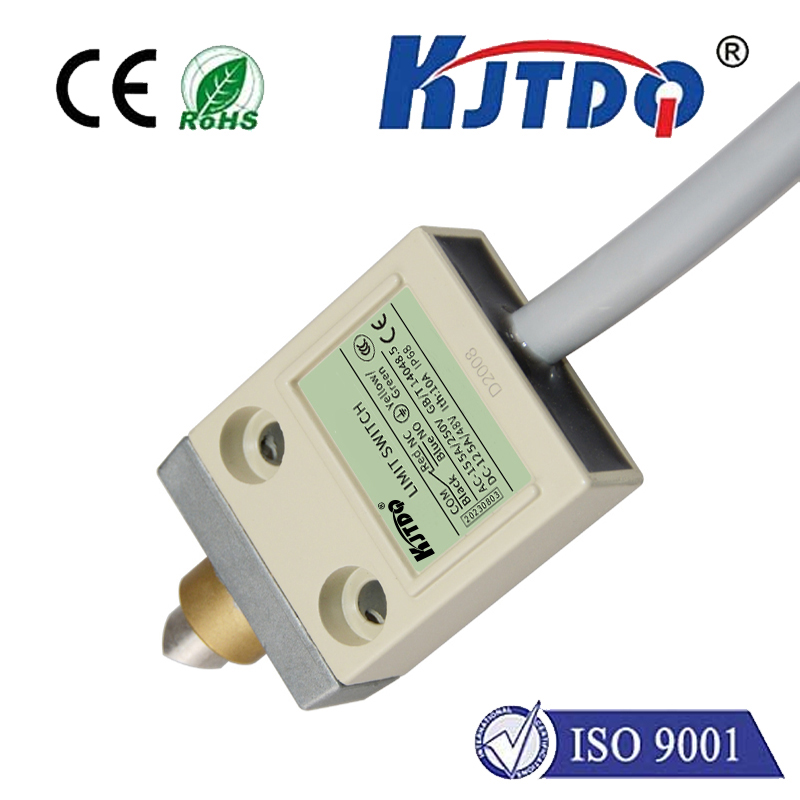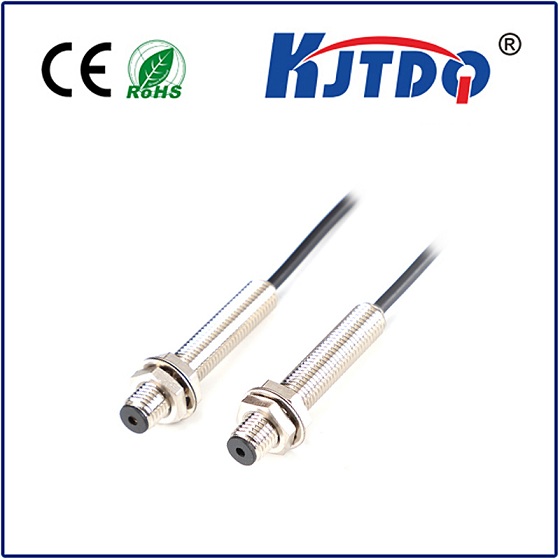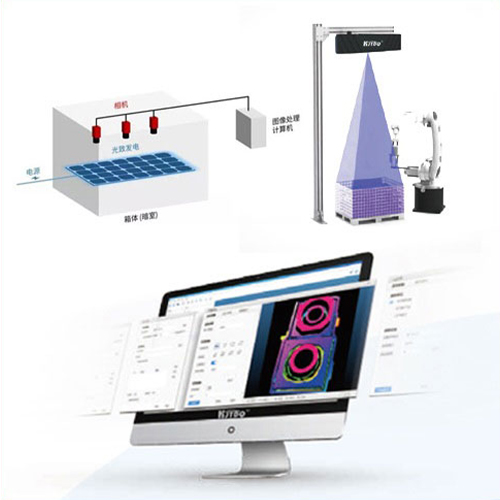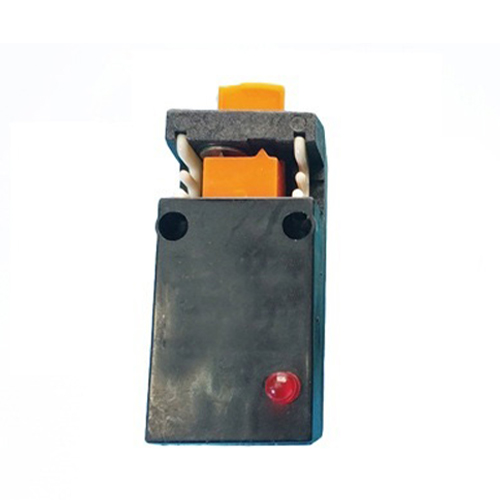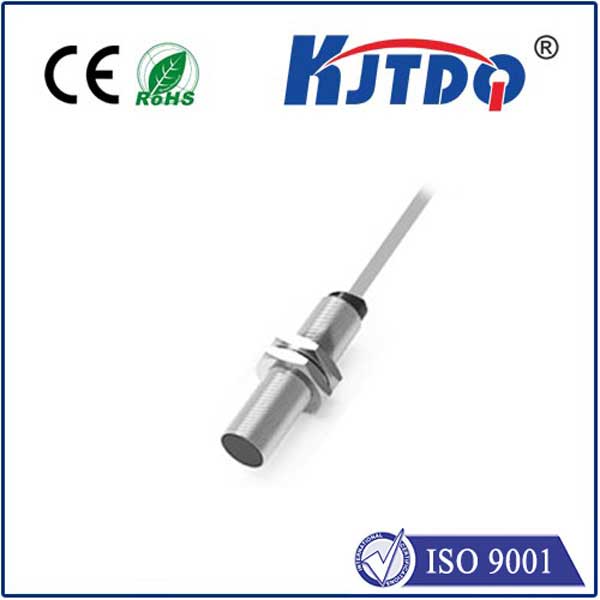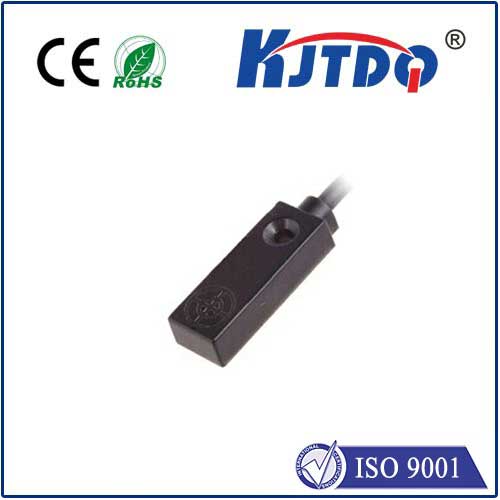

check

check

check

check

check

check

check

check

check

check
Title: Exploring the Functionality and Importance of Limit Switch Mounts
Introduction
Limit switches, essential components in industrial automation, are designed to detect the presence or absence of an object. They play a crucial role in various applications, such as conveyor systems, robotic arms, and packaging machines. However, to ensure their optimal performance, it is vital to install them correctly using limit switch mounts. This article delves into the functionality and importance of limit switch mounts, highlighting how they contribute to the overall effectiveness of limit switches.
Function of Limit Switch Mounts
A limit switch mount serves as a robust foundation for securing the limit switch in place. It provides stability and protection against vibrations or shocks that may occur during operation. By doing so, it ensures accurate and consistent detection of objects by the limit switch. The mount also allows for easy adjustments of the switch's position relative to the object being detected, enabling precise control over the system's operations.

Importance of Proper Installation
Proper installation of limit switch mounts is crucial for several reasons. Firstly, it enhances the reliability and longevity of the limit switch, reducing the likelihood of malfunctions or damage due to mechanical stress. Secondly, it minimizes potential safety hazards by preventing accidental displacement or dislodgement of the limit switch from its intended position. Finally, it ensures efficient operation of the machinery or equipment, leading to improved productivity and reduced downtime.
Types of Limit Switch Mounts
There are various types of limit switch mounts available, each designed to cater to specific applications and environments. Some common types include:
1. Bracket Mounts: These are typically made from metal or plastic and offer a simple and secure way to attach limit switches to flat surfaces. They can be easily mounted using screws or bolts.
2. Angle Brackets: Angle brackets provide additional flexibility when installing limit switches on uneven surfaces or at odd angles. They allow for precise alignment with the object being detected.
3. Surface-Mount Kits: Designed for situations where space is limited, surface-mount kits enable the limit switch to be attached directly to a machine component without requiring additional hardware.
4. Flange Mounts: Flange mounts are suitable for applications where the limit switch needs to be installed in confined spaces or where there is a risk of physical impact. They provide a sturdy base while minimizing protrusion into the surrounding environment.
Conclusion
In conclusion, limit switch mounts play an integral role in ensuring the effectiveness and dependability of limit switches in industrial automation systems. Proper installation through appropriate mounting options not only enhances performance but also contributes to safer working conditions and increased efficiency. By understanding the different types of mounts available, engineers and technicians can select the most suitable solution for their specific requirements, maximizing the benefits provided by limit switch technology.
